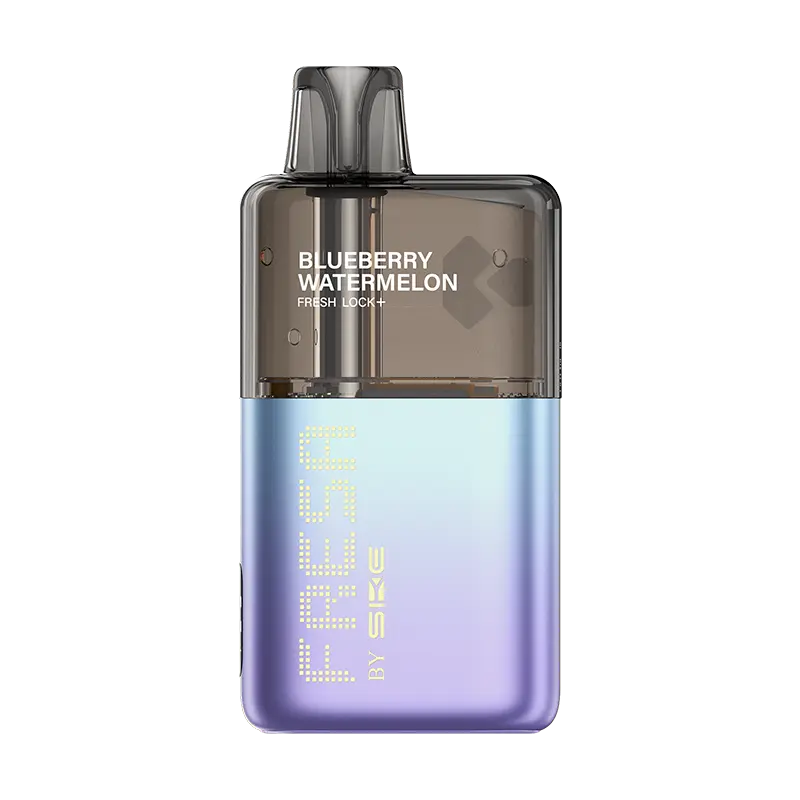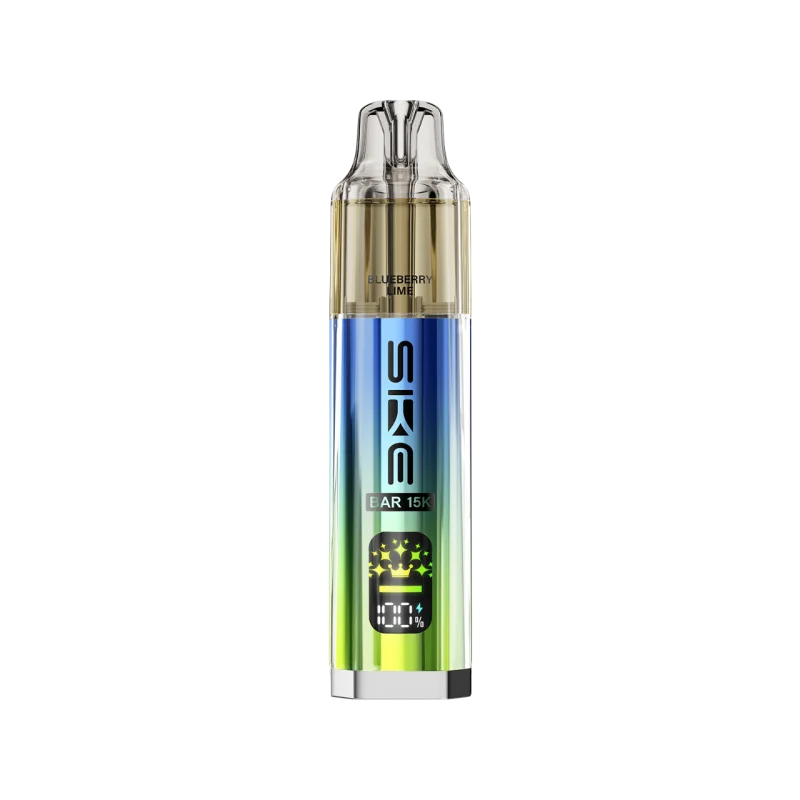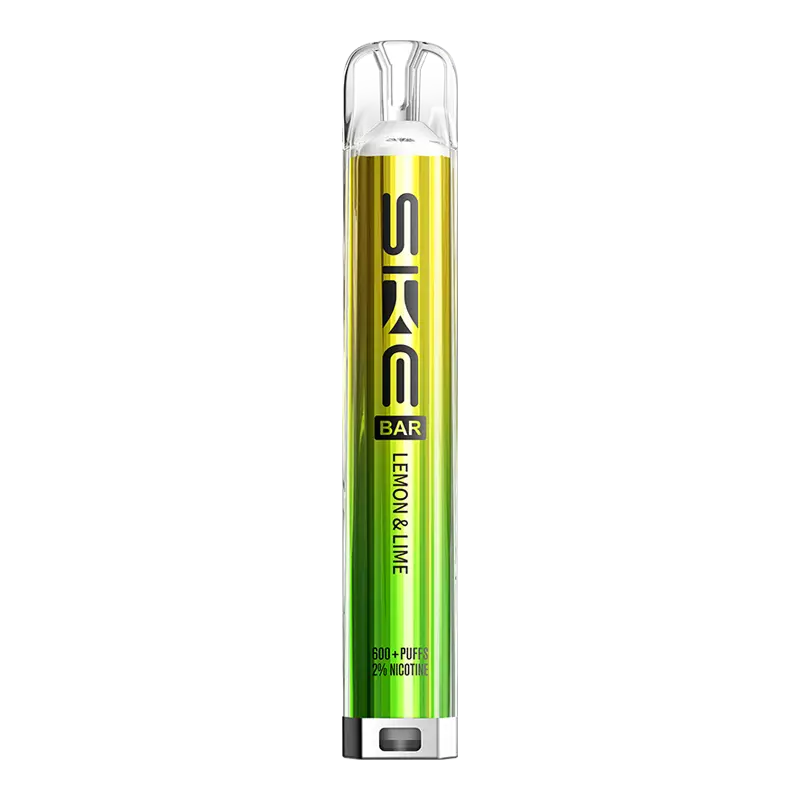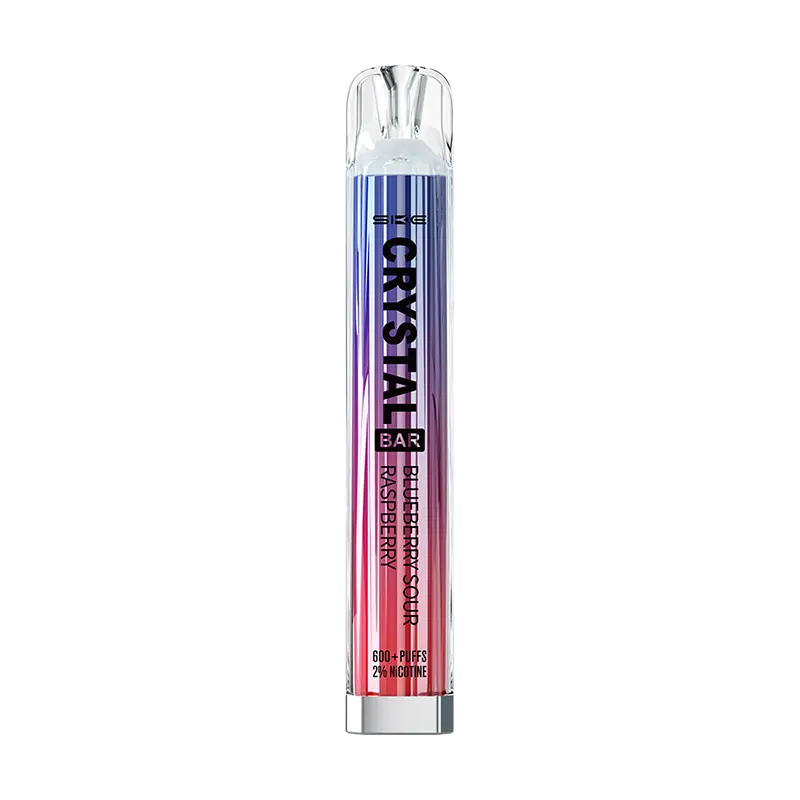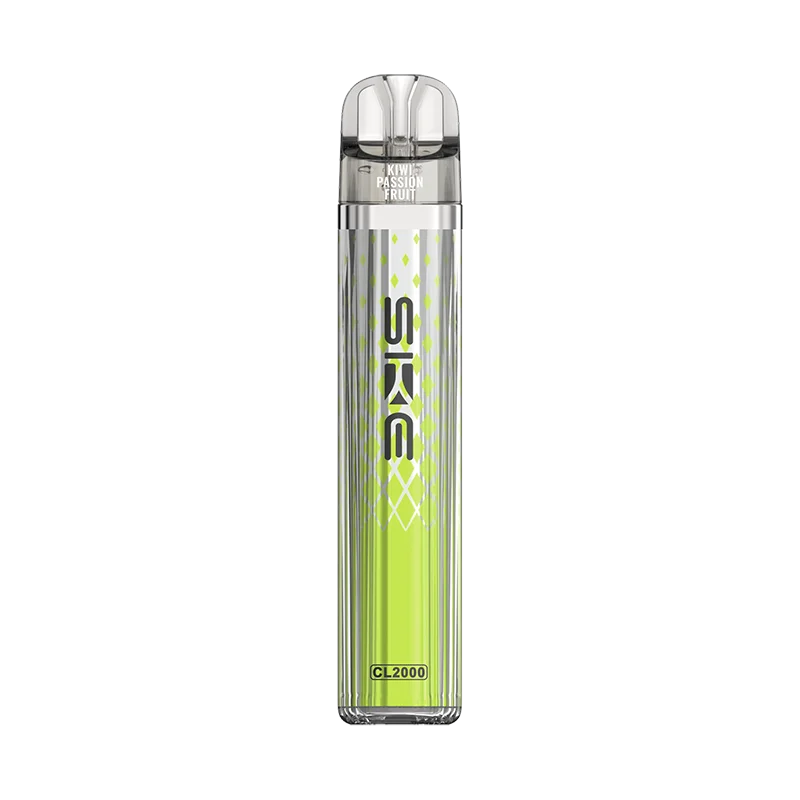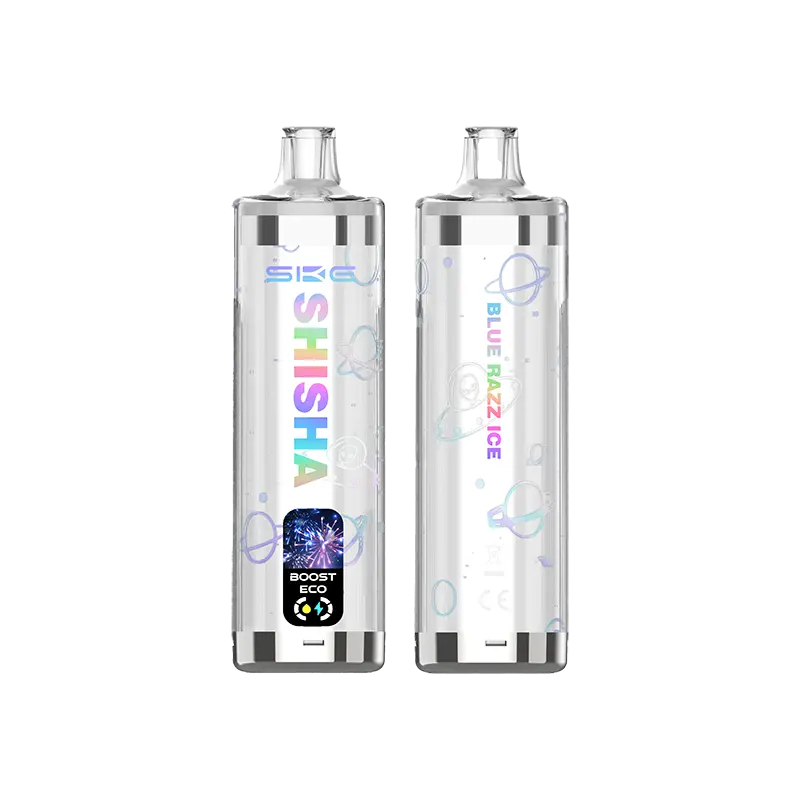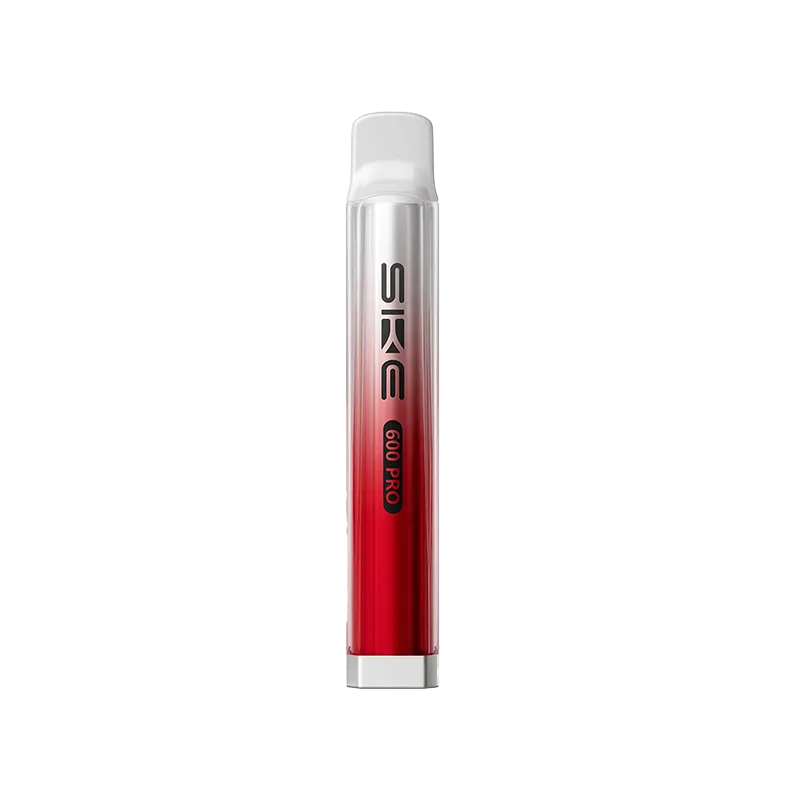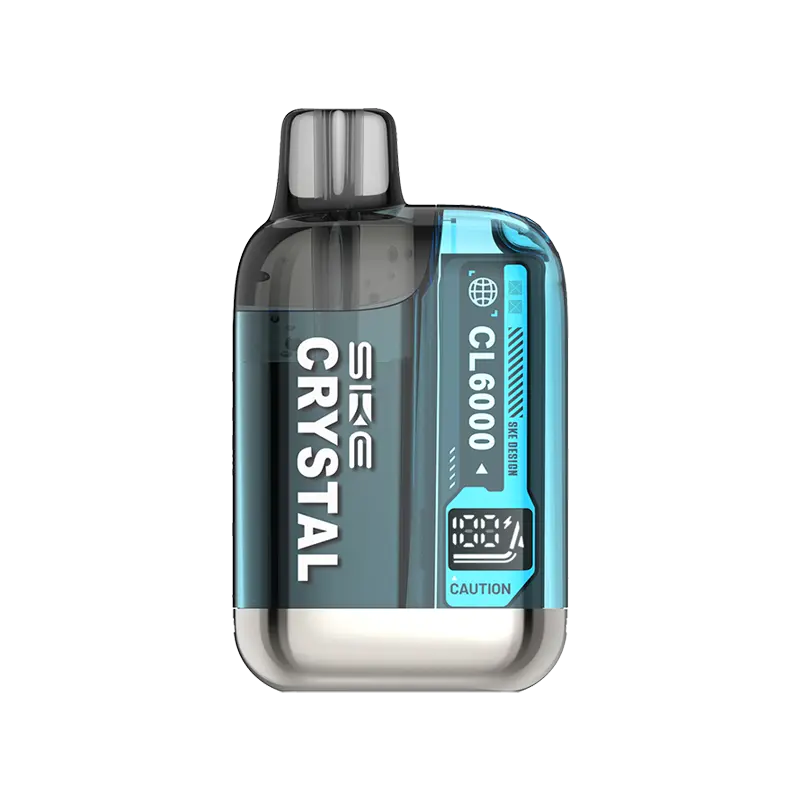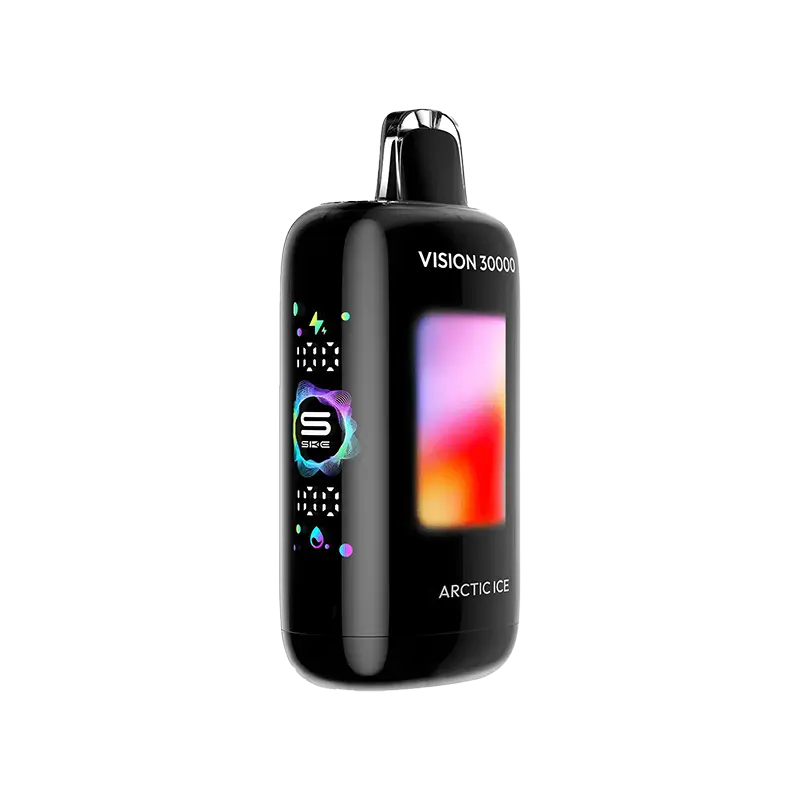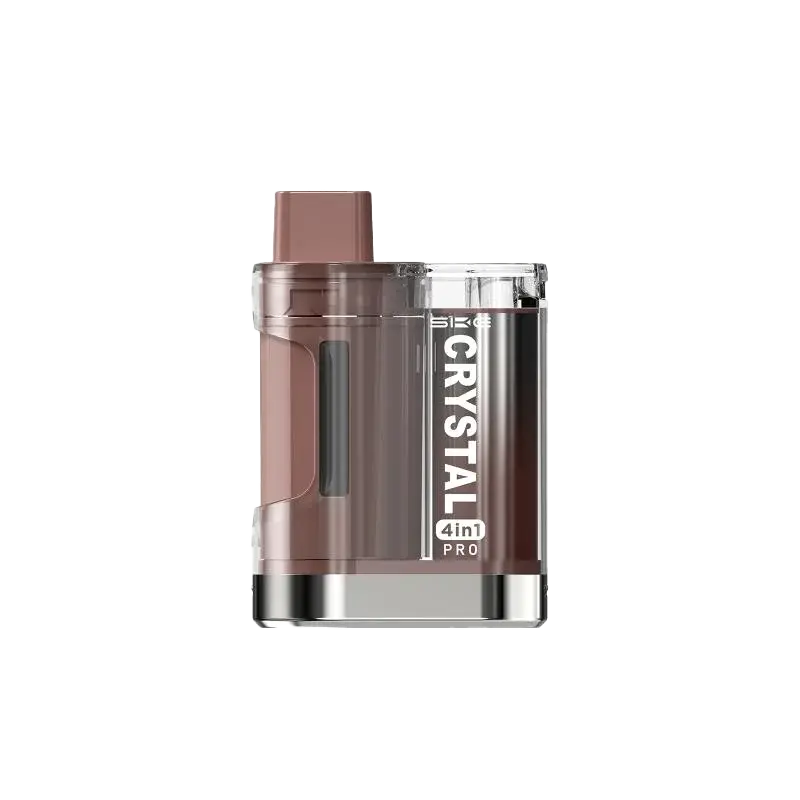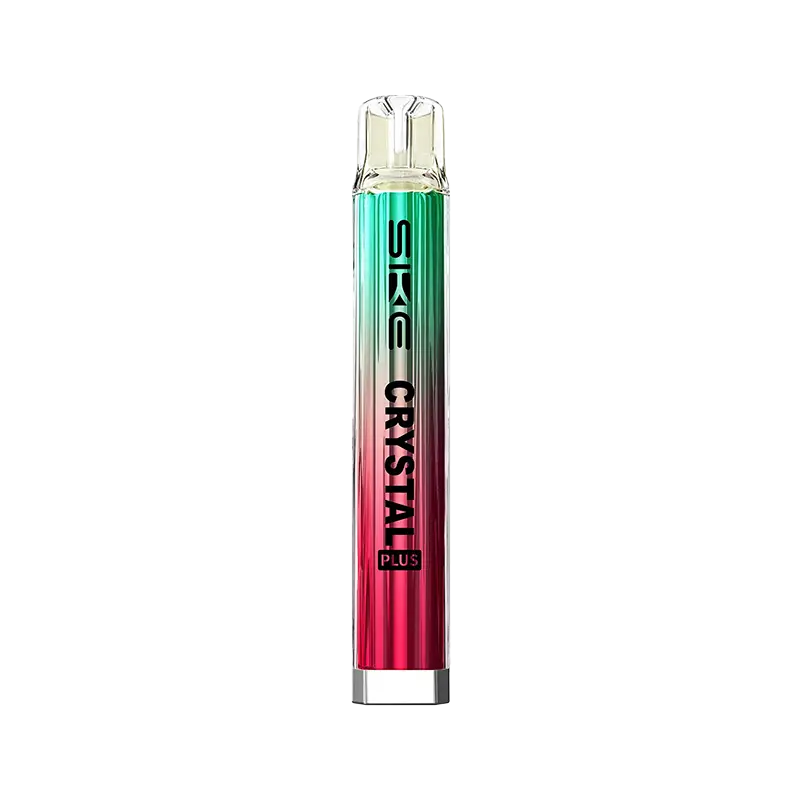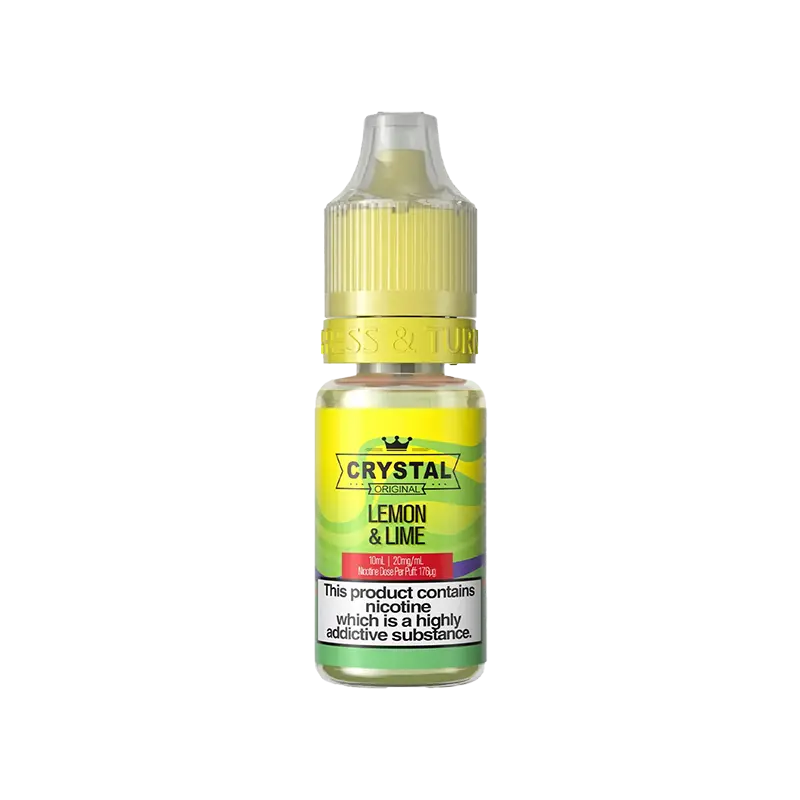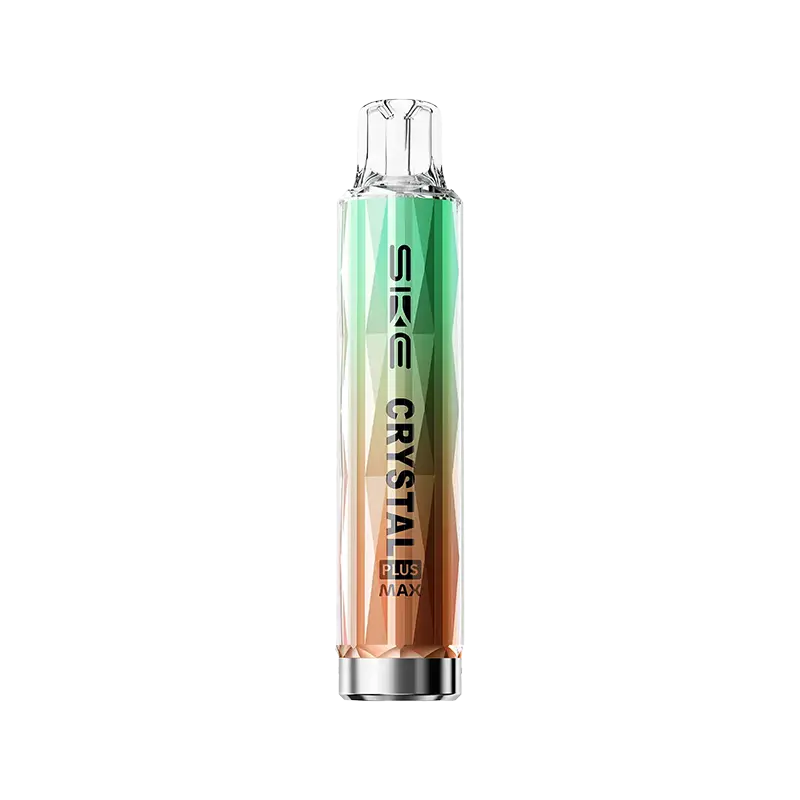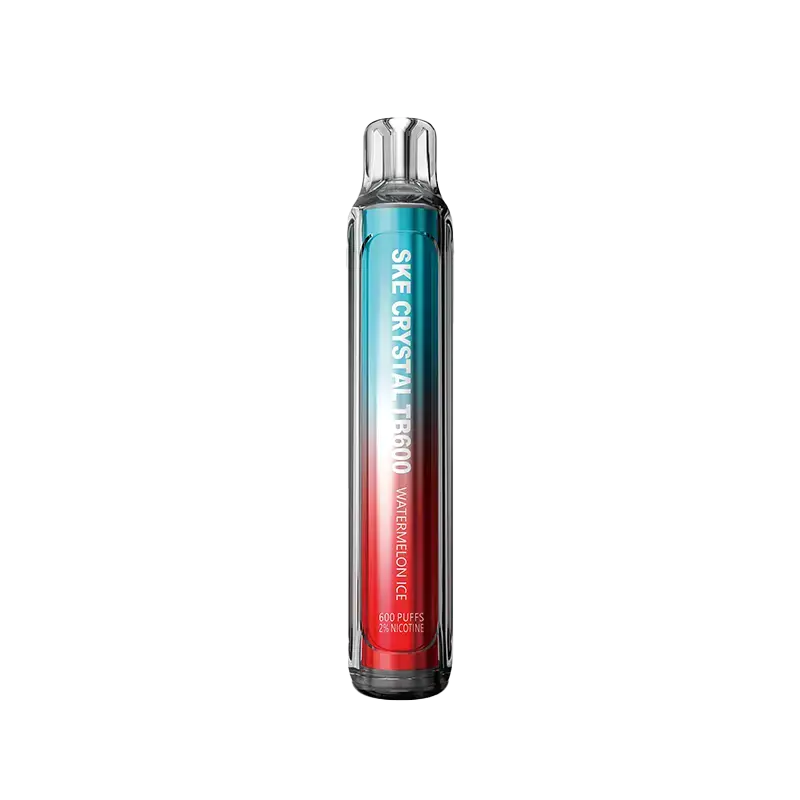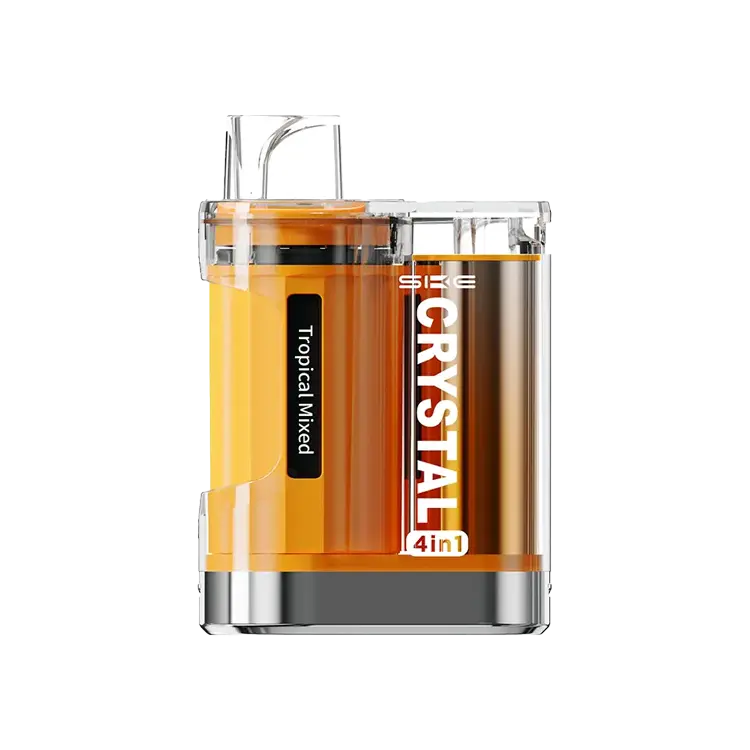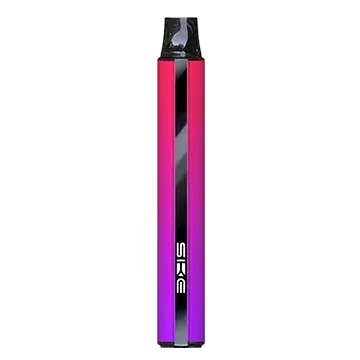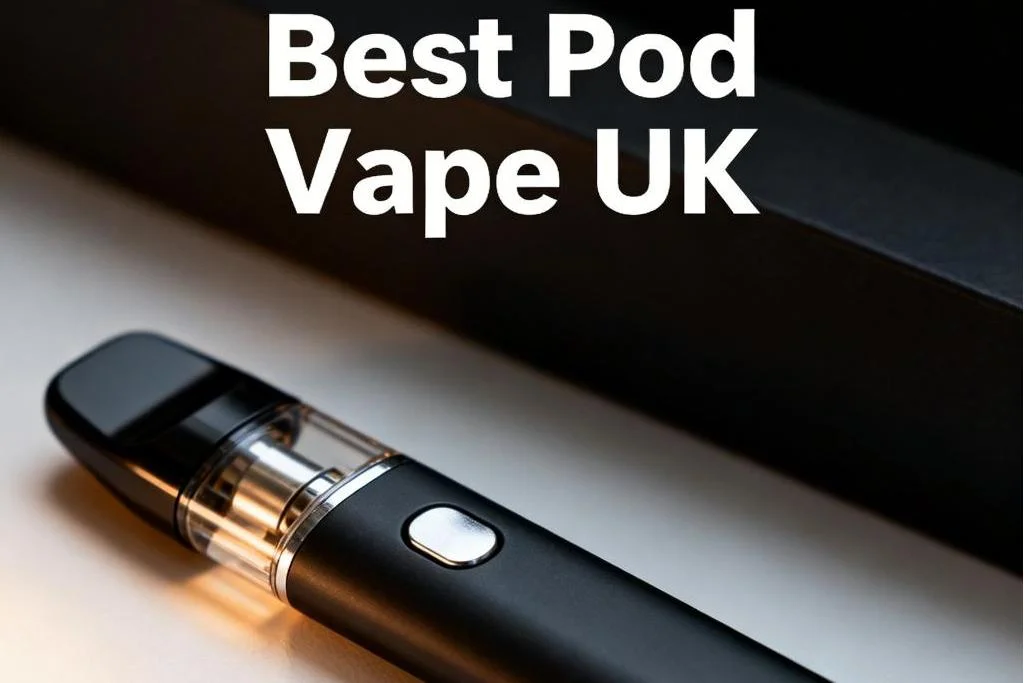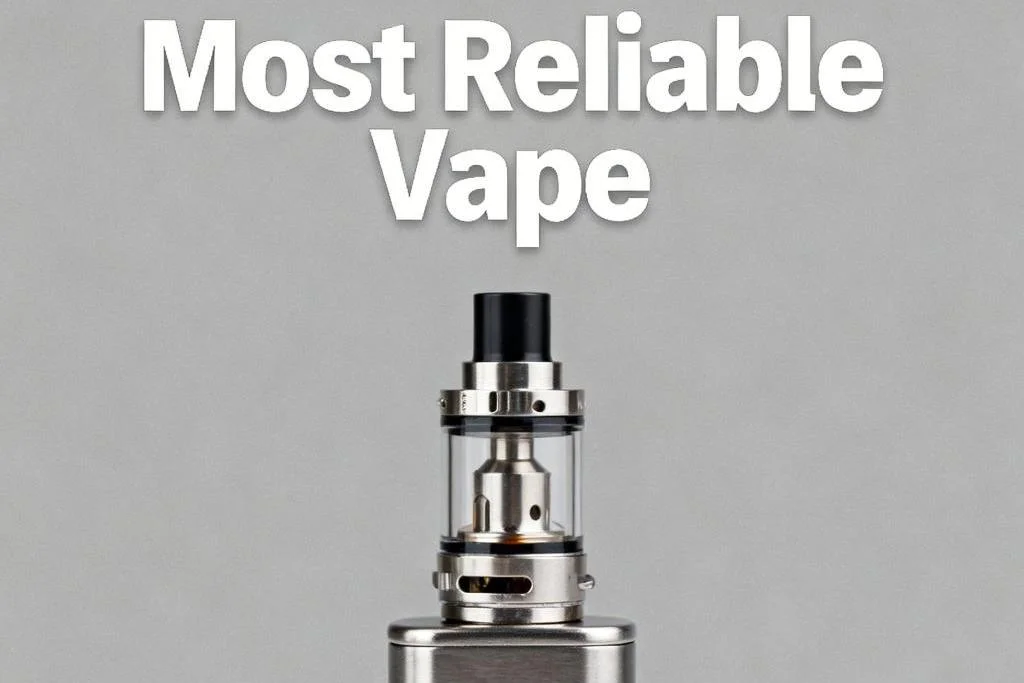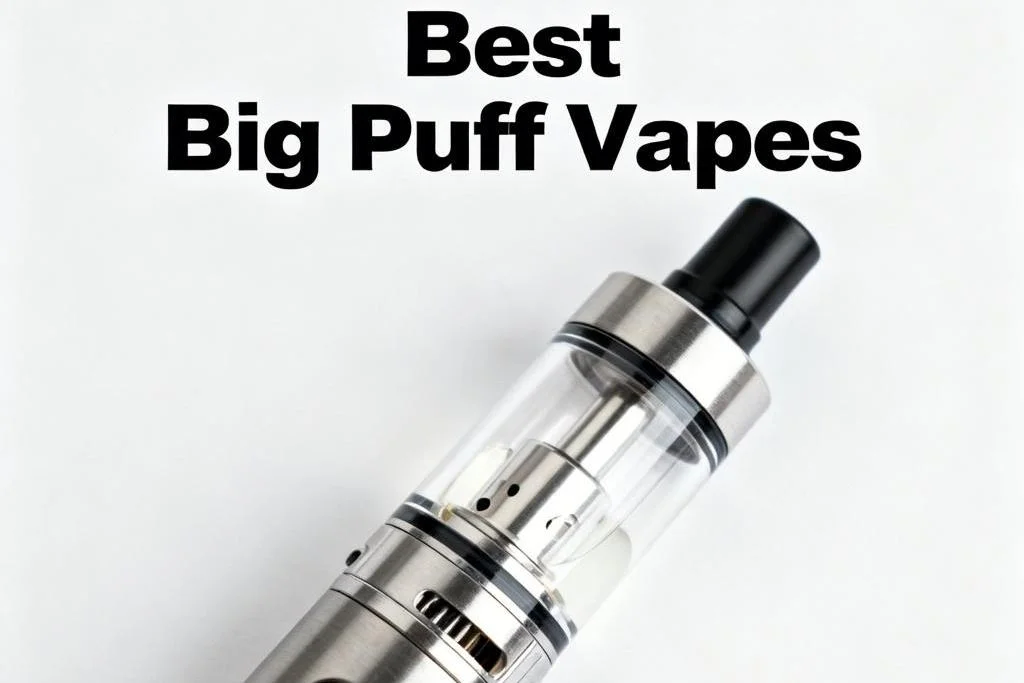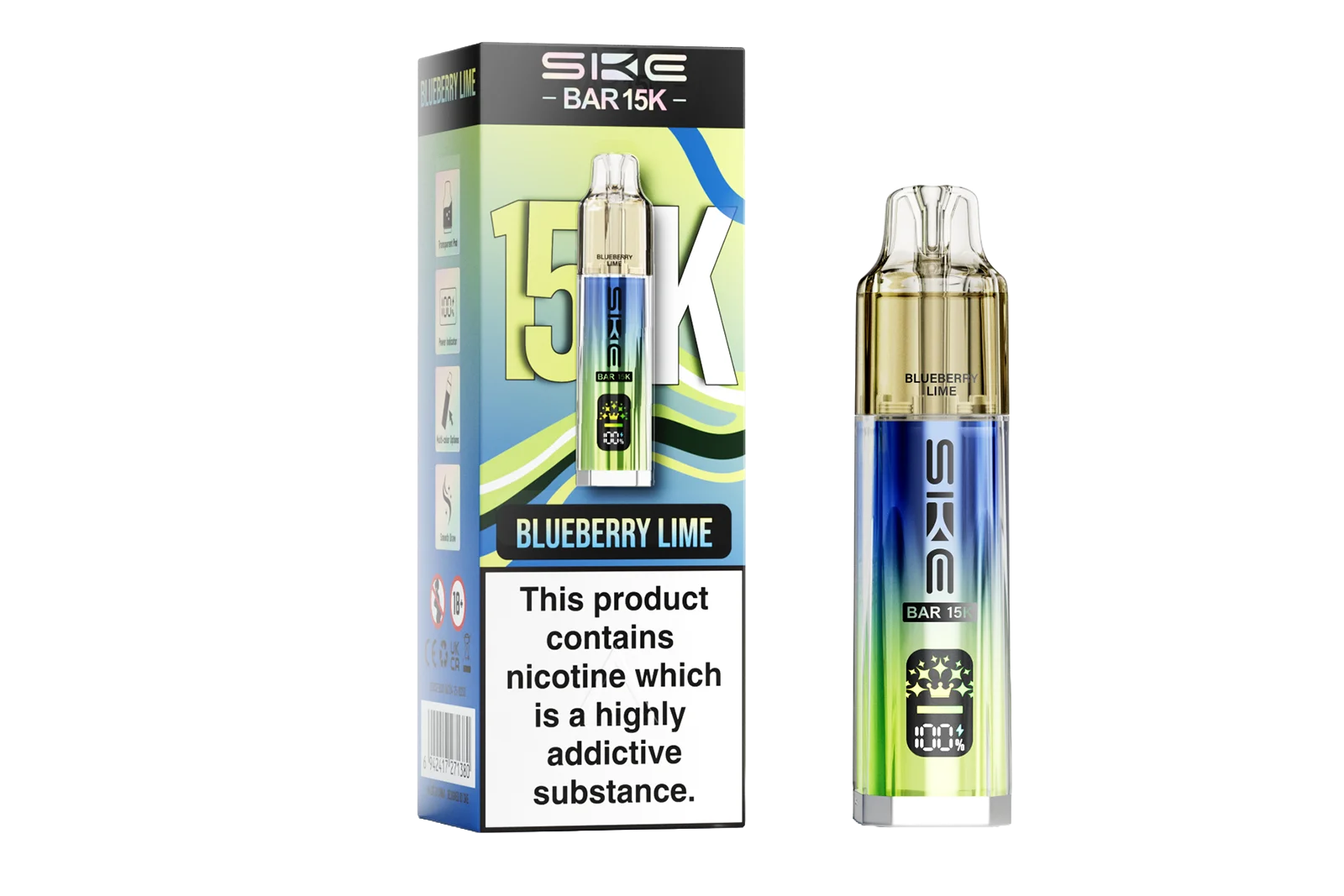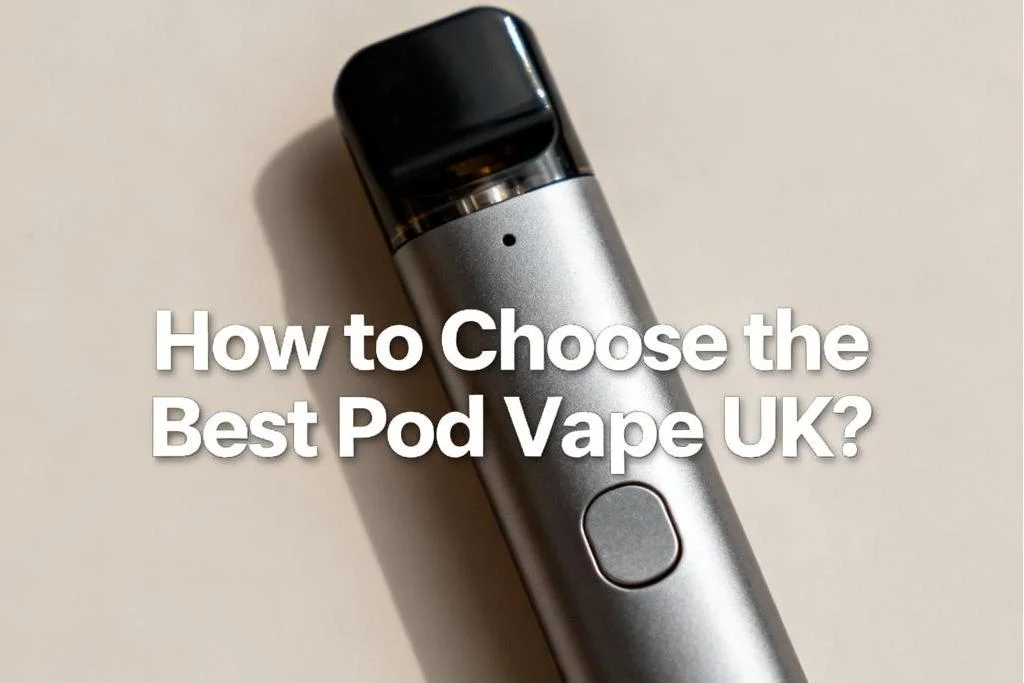Solving the Puzzle: Why is My Vape Hissing After I Hit It?
You might notice an orchestra of sounds accompanying your vaping experience. A hissing sound post-hit can be puzzling, intriguing, or sometimes concerning. "Why is my vape hissing after I hit it?" Let's explore the common reasons behind the hissing sounds emanating from vaping.
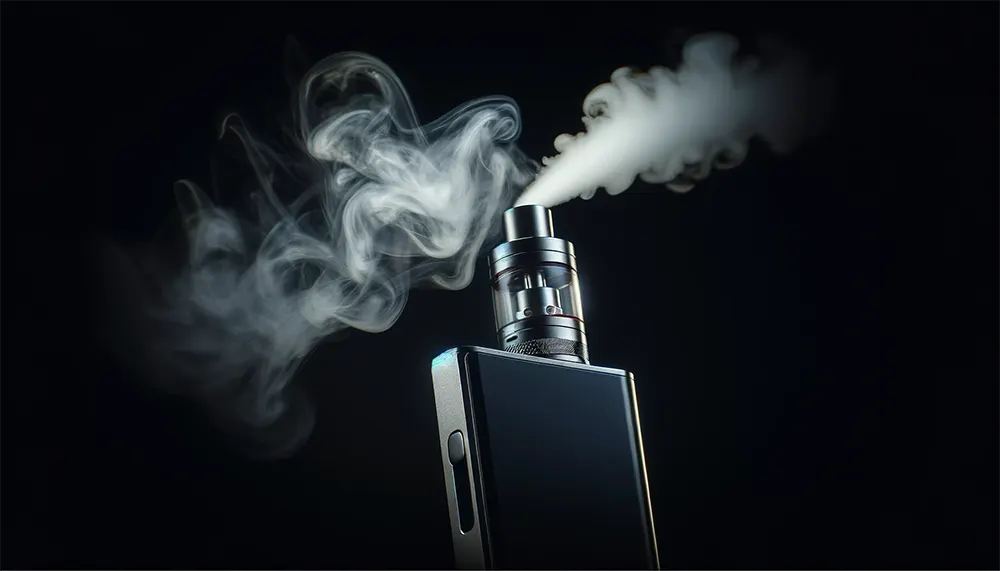
Why is My Vape Hissing After I Hit It
1. The Physics of Vaporization
At its core, the hiss is a byproduct of the e-liquid's transformation into vapor. When the vape is activated, the coil heats up, causing the e-liquid to boil and vaporize. This rapid phase change creates bubbles that burst, producing a crackle and pop, sometimes followed by a hissing as the vapor exits the vape device.
2. Coil and Wattage Dynamics
The type of coil and the wattage setting on a vape device can significantly impact the sounds. High-resistance coils, in conjunction with high wattage settings, can lead to more pronounced hissing. It's because the increased power causes the e-liquid to vaporize more aggressively, leading to louder noises as the vape liquid interacts with the hot coil. Also, a used coil or a too-tight wick can be the culprit behind that hissing sound.
3. Airflow Adjustment
The way air moves through the vaping product also plays a role in the hissing sound. Tighter airflow settings restrict the air passing through the coil, which can intensify the sound of the vapor being produced. Conversely, a more open airflow tends to soften the noise, offering a smoother, quieter draw.
4. E-Liquid Properties
The composition of your e-liquid — specifically, its propylene glycol (PG) to vegetable glycerin (VG) ratio — affects the sound of your vape. High-PG liquids are thinner and tend to vaporize more quickly, potentially leading to sharper hiss. VG, being thicker, vaporizes more slowly, which might result in a softer, less noticeable sound.
5. Condensation Buildup
Sometimes, the hissing sound is a signal that it's time for a little TLC. Condensation can build up in the mouthpiece or within the air passages, causing a hissing sound as air and vapor navigate through the accumulated moisture.
6. Overfilling the Tank
An overfilled tank can lead to e-liquid getting into parts of the vape where it shouldn't be, such as the airflow channels or directly on the coil, which isn't designed to handle excess liquid. This can cause a gurgling sound followed by hissing as the excess liquid is vaporized or pushed out of the way by the airflow.
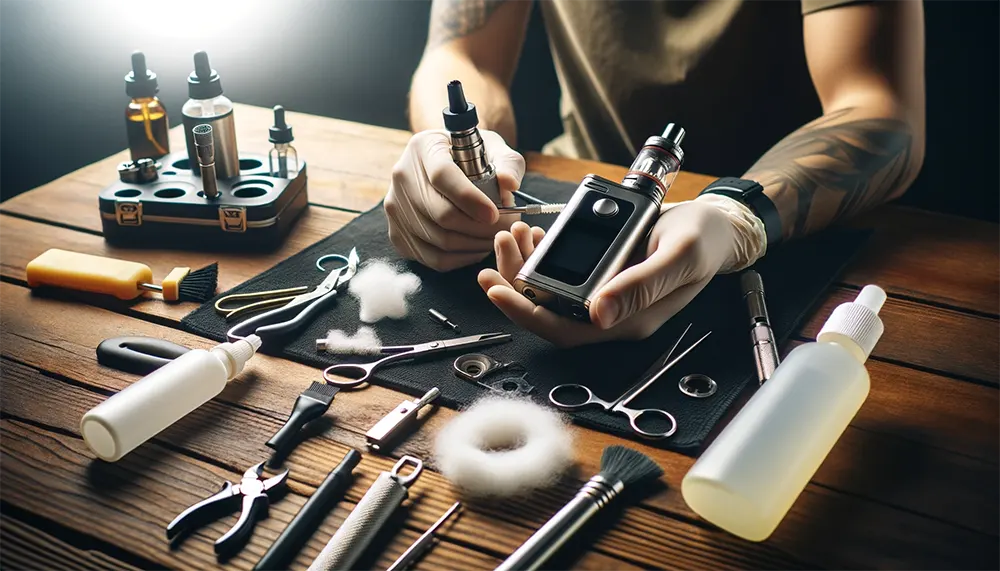
Why is My Disposable Vape Hissing After I Hit It?
A hissing sound from your disposable vape after taking a hit can be concerning, and understanding the root causes can help you diagnose the issue.
1. End of Life
- E-liquid Levels: As the e-liquid runs low, the disposable vape might struggle to vaporize the remaining e-juice efficiently, causing a hissing sound that signals the need for a new e-cigarette.
- Battery Life: Disposable vapes come with non-rechargeable batteries, and when the battery nears depletion, it might not provide enough power to vaporize the e-liquid properly, leading to hissing sounds that indicate inadequate vaporization.
2. Airflow Issues
- Blockages: Debris or residue can block the airflow path, and then the blockage can create pressure build-up within the e-cigarette, forcing air to escape through any available gaps and producing a noticeable hissing noise as the device attempts to maintain adequate airflow.
- Leaks: When the seals are not tight, or there are manufacturing flaws in the airflow system, air can seep through unintended openings, disrupting the intended airflow dynamics and causing a persistent hissing sound as the disposable vape loses efficiency in vapor production.
3. Manufacturing Defects
- Quality Control Issues: Inconsistencies in the manufacturing process can result in defective units, possibly including problems with the coil, airflow system, or e-liquid chamber, causing the e-cigarette to hiss as it malfunctions.
- Leakage: Manufacturing defects might cause the disposable vape to leak e-liquid into the internal components, inducing a hissing sound during use, which indicates that this device is compromised and should be replaced.

Why is My Vape Making a Hissing Noise When Not in Use?
Hearing a hissing noise from your vape when idle can be puzzling and concerning, often indicating an issue that needs to be addressed.
1. Residual Heat in Coil
The heating element, or coil, can remain hot briefly after use. As it cools down, it might produce a hissing noise due to the interaction with the surrounding e-liquid or air, which can create small vaporization events that result in the hissing sound.
2. Auto-Firing
- Faulty Fire Button: A stuck or malfunctioning fire button might cause the vape to auto-fire, bringing about a constant hissing noise as the coil heats up without user input, which might trigger overheating and unsafe conditions if left unchecked.
- Electrical Malfunction: Issues with the internal circuitry, such as a short circuit or faulty connections, might also cause the e-cigarette to auto-fire, continuously activating the heating element and creating a persistent hissing sound indicative of ongoing electrical activity.
3. Pressure Build-Up
- Pressure Release Mechanisms: Some vape devices have built-in mechanisms to release excess pressure and prevent them from malfunctioning due to pressure build-up, which can result in a hissing sound.
- Environmental Changes: Changes in altitude and temperature can cause the internal pressure of the vape device to fluctuate, contributing to a release of pressure that produces a hissing sound.
4. Faulty Sensor
- Misfiring Sensor: A faulty sensor might erroneously detect a draw, causing the device to behave unpredictably and produce a hissing noise because of dirt, moisture, or a manufacturing defect affecting the sensor’s sensitivity.

How to Stop Vape Hissing After Hit
Step 1: Check and Clean the Mouthpiece
First things first, inspect the mouthpiece. A blockage here can cause the air to whistle past, creating a hissing sound. Gently remove the mouthpiece and use a small brush or a piece of cloth to clean out any debris or buildup.
Step 2: Inspect the Coil and Wicking System
The heart of the matter often lies in the coil and wicking system. For disposable vapes, gently tap it on a soft surface to realign the internal components.
Step 3: Adjust Your Vaping Technique
Try taking slower, more measured drags. Let the vape and its components do their magic at their own pace.
How to Vape Correctly: A Comprehensive Guide
Step 4: Adjust Airflow Settings
Experiment with different airflow settings to find a balance that minimizes unwanted noise without compromising your vaping experience. Adjusting the airflow to a medium setting can be helpful.
Step 5: Check the E-Liquid Level
Too much or too little can throw off the balance. Ensure the cartridge or tank has the right amount of e-liquid. Aim for the recommended zone of e-liquid levels.
Step 6: Allow the Device to Rest
Constant use can cause overheating, exacerbating any hissing sounds. Giving your vape a moment to rest allows it to cool down and reduces the strain on all its components.
Step 7: Survey the Fire Button
Confirm the fire button is properly functioning without getting stuck. Clean it if necessary to remove any debris that might be causing it to remain depressed, and verify it clicks and returns to its original position after being pressed.
Step 8: Disconnect the Battery
Remove the battery if a reusable vape starts auto-firing, and seek professional repair or consider replacement to prevent further risk. If you are using a disposable vape, discontinue use immediately and replace it with a new one to avoid potential hazards.
Step 9: Check Seals
Inspect and replace any worn or damaged seals to guarantee proper containment of the e-liquid. Daily maintenance of the seals is essential to avoid liquid escapes into unwanted areas.
Step 10: Consult the Manufacturer or Replace
If you've tuned, cleaned, adjusted, and rested your vape device and the hissing still plays on, it might be time to consult the vape brand. Reach out to the manufacturer for advice; it could be a known issue with a simple fix.
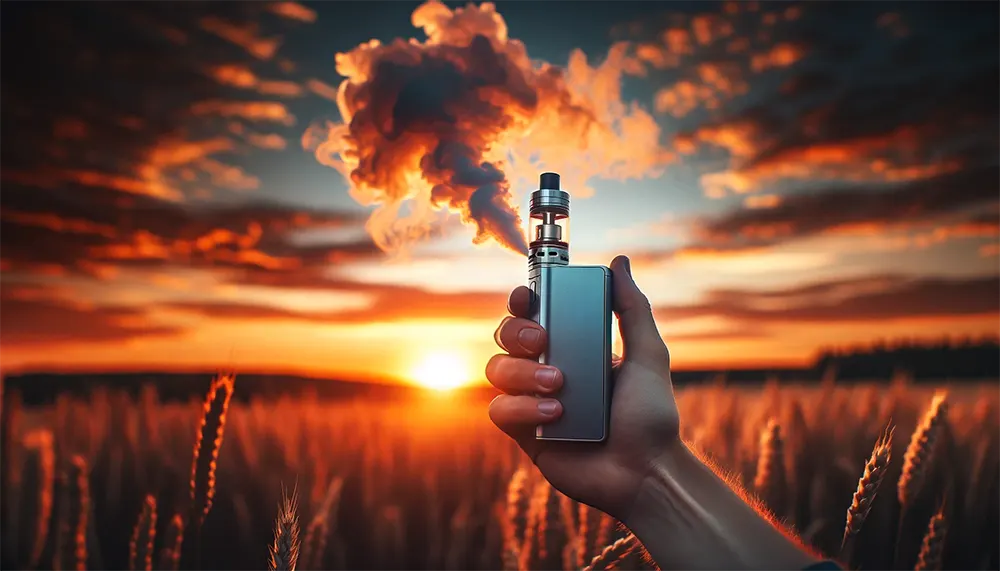
Common Myths Versus Facts About Vaping Sounds
In the vibrant world of vaping, the hiss, crackle, and pop have been the subject of many a myth within vaping communities, leading to a mix of concern, curiosity, and sometimes, misconceptions.
Myth 1: "A Hissing Sound Means My Vape is About to Explode"
Fact: The thought of a vape turning into a miniature volcano is enough to unsettle anyone. However, a hissing sound is typically not a precursor to such dramatic events. This sound is often just the e-liquid heated by the coil, a normal part of the vaping process.
Myth 2: "The Louder the Crackling, the Better the Vaping Experience"
Fact: The symphony of a crackle and pop can indeed be satisfying, indicating that the vape is working as intended. However, louder isn't always better. The sound's volume can vary based on the vape coil, the viscosity of the e-liquid, and the power setting. Excessively loud noises might indicate an overly aggressive vape, potentially leading to a burnt taste or reduced coil life.
Myth 3: "No Sound Means My Vape Isn't Working"
Fact: Silence isn't necessarily a bad sign. Some newer models are designed to be as quiet as possible, providing a smooth and stealthy vaping experience. The absence of sound could also indicate a well-balanced setup, with the e-liquid heating efficiently and the air flowing smoothly.
Myth 4: "All Vaping Sounds Indicate a Problem"
Fact: Not all sounds are signals of distress from your vape. A gentle hissing or crackling is the norm and is part of the charm for many enthusiasts. Learning to differentiate between these normal sounds and those indicating issues (like gurgling or excessively loud popping) is key to a rewarding vaping experience.
Myth 5: "Vaping Sounds Can Damage My Hearing"
Fact: While the crackle of a vape might be surprising, it's not loud enough to pose a risk to your hearing. The sounds produced by a vaping device are significantly quieter than many everyday noises, such as conversations or traffic. If you're experiencing discomfort from the noise, it may be worth examining the device's settings or consulting with a professional.
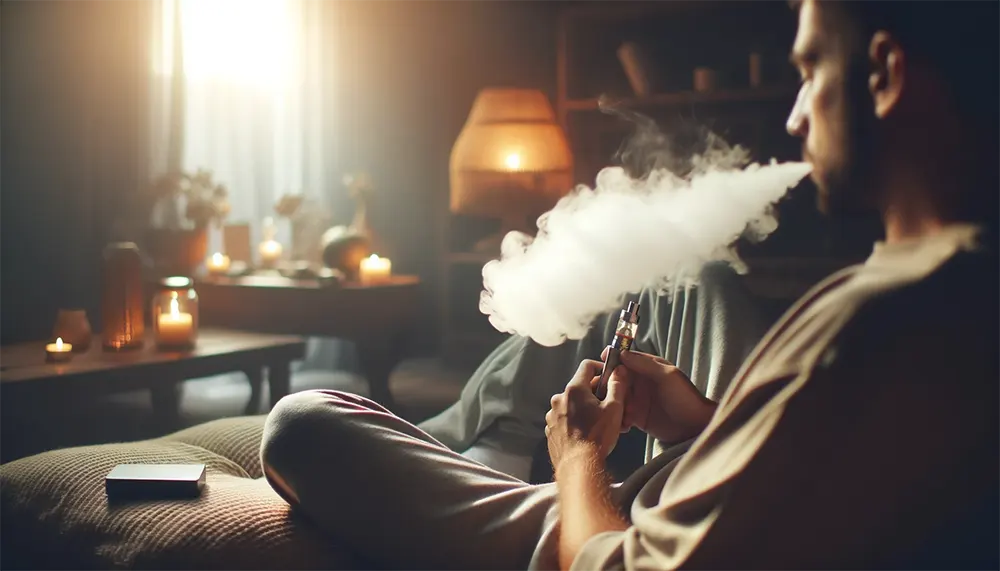
Essential Maintenance Tips to Prevent Unusual Vape Sounds
A well-maintained vape produces the perfect harmony of flavors and sounds. Preventive maintenance not only extends the life of your vape but also ensures that it operates smoothly and quietly, enhancing your vaping experience.
Ⅰ. Regular Cleaning
1. Clean the Tank Regularly: Residue from e-liquids can accumulate in your tank, affecting the flavor of your vape and potentially causing crackling or hissing sounds. Disassemble and clean your tank with warm water every few days or when switching flavors to ensure a pure taste and quiet operation.
2. Wipe Down the Mouthpiece: The mouthpiece can become clogged with debris, leading to restricted airflow and a whistling sound during use. A simple wipe with a clean cloth or a gentle brush can remove any buildup, maintaining clear airflow and a noise-free draw.
3. Check and Clean the Airflow Holes: Blocked airflow holes can cause the vape device to work harder, resulting in unusual sounds. Use a small pin or needle to gently remove any debris blocking these holes, ensuring smooth and quiet airflow.
Ⅱ. Inspect and Replace Parts as Needed
1. Coil Inspection and Replacement: Coils can be the source of various sounds when they start to wear out. Inspect your coils regularly for signs of wear, such as a burnt taste or decreased vapor production, and replace them as needed to avoid any unwanted noises or tastes.
2. Battery Care: Regularly inspect your battery for any signs of damage or wear. Store your batteries properly, away from extreme temperatures and metal objects, to prolong their life and maintain their efficiency.
3. Check for Loose Components: A loose tank or battery compartment can vibrate, causing a rattling sound. Ensure all parts of your vape are securely fastened and check regularly for any parts that may have become loose over time.
Ⅲ. The Right E-Liquid
1. Viscosity Matters: Thicker liquids (high VG) are quieter but require a clean, well-maintained coil to vaporize efficiently. Thinner liquids (high PG) provide more throat hit and crackle, but too thin can cause leaking and gurgling sounds. Finding the right balance and preference can help minimize noise.
2. Quality of E-Liquid: Invest in high-quality e-liquids from reputable suppliers. Low-quality liquids may contain impurities that can clog your vape, leading to poor performance and unusual sounds.
Ⅳ. Keep It Steady for Consistent Use
1. Regular Use: Consistent use helps prevent the buildup of e-liquid residue and ensures the parts remain in good working order. However, be mindful not to overuse as excessive heat can cause parts to wear out more quickly.
2. Storage: When not in use, store your vape in a cool, dry place away from direct sunlight and excessive heat. Proper storage prevents the e-liquid from thickening or leaking, which can cause blockages and unusual sounds when you next use it.
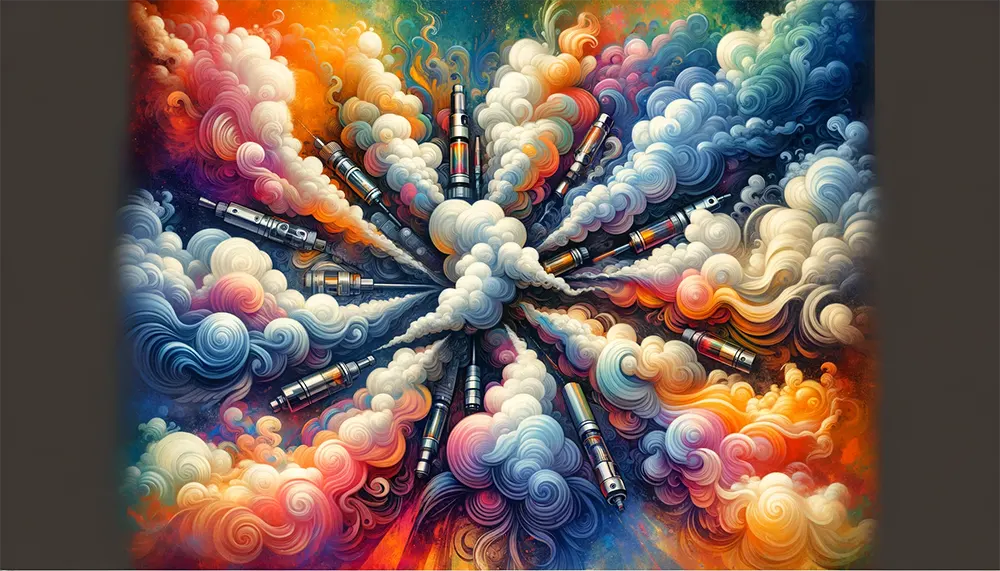
FAQs
Q1: Why does my vape make a noise after I take a hit?
It's typically the e-liquid being heated and vaporized by the coil. This process can produce a hissing or crackling sound, which is normal and indicates that your vape, such as the classic Crystal Bar Vape or big-capacity Crystal DUO Vape, is functioning correctly. The intensity of the sound can vary based on the type of e-liquid, the device wattage, and how full the tank is.
Q2: Why does vaping sometimes create a crackling sound?
It occurs when the e-liquid comes into contact with the hot coil, causing it to boil and vaporize rapidly. This sound can be more pronounced with certain types of coils, higher power settings, or when using thicker e-liquids.
Q3: What happens if you take too big of a hit from a vape?
It may lead to a few undesirable outcomes. Firstly, it can cause the coil to flood because too much e-liquid is drawn in at once, leading to gurgling sounds or even spit-back, where hot droplets of e-liquid may come through the mouthpiece. Additionally, drawing too forcefully can overwhelm the wicking material, leading to dry hits or a burnt taste if the liquid can't replenish the coil fast enough.
Q4: Why is my vape light not turning off?
Often, it's a sign that the vape is still in active mode or that it's charging if connected to a power source. However, if the light remains on unexpectedly, it might suggest a malfunction or a battery issue. Refer to your device's manual for specific light indicators, and consider consulting the manufacturer or a professional if the problem persists.
Q5: Am I hitting my vape correctly?
Here are a few signs you're on the right track:
- Take moderate, steady drags rather than quick, sharp inhales.
- Allow enough time between hits to let the coil re-saturate with e-liquid, preventing dry hits.
- Adjust the airflow and power settings to suit your preferences, depending on a tight draw (similar to a cigarette) or a more open, airy hit.
- Experience no frequent gurgling, leaking, or burnt tastes, which can indicate that something is off in your technique or device setup.
In conclusion, navigating the sounds of your vape, from the curious crackle and pop to the occasional hiss, is an integral part of the vaping journey. Remember, whether you're a beginner or a seasoned vaper, staying informed, curious, and attentive to your vape's cues is essential to a fulfilling vaping adventure.
TABLE OF CONTENTS
- Why is My Vape Hissing After I Hit It
- 1. The Physics of Vaporization
- 2. Coil and Wattage Dynamics
- 3. Airflow Adjustment
- 4. E-Liquid Properties
- 5. Condensation Buildup
- 6. Overfilling the Tank
- Why is My Disposable Vape Hissing After I Hit It?
- 1. End of Life
- 2. Airflow Issues
- 3. Manufacturing Defects
- Why is My Vape Making a Hissing Noise When Not in Use?
- 1. Residual Heat in Coil
- 2. Auto-Firing
- 3. Pressure Build-Up
- 4. Faulty Sensor
- How to Stop Vape Hissing After Hit
- Step 1: Check and Clean the Mouthpiece
- Step 2: Inspect the Coil and Wicking System
- Step 3: Adjust Your Vaping Technique
- Step 4: Adjust Airflow Settings
- Step 5: Check the E-Liquid Level
- Step 6: Allow the Device to Rest
- Step 7: Survey the Fire Button
- Step 8: Disconnect the Battery
- Step 9: Check Seals
- Step 10: Consult the Manufacturer or Replace
- Common Myths Versus Facts About Vaping Sounds
- Myth 1: "A Hissing Sound Means My Vape is About to Explode"
- Myth 2: "The Louder the Crackling, the Better the Vaping Experience"
- Myth 3: "No Sound Means My Vape Isn't Working"
- Myth 4: "All Vaping Sounds Indicate a Problem"
- Myth 5: "Vaping Sounds Can Damage My Hearing"
- Essential Maintenance Tips to Prevent Unusual Vape Sounds
- Ⅰ. Regular Cleaning
- Ⅱ. Inspect and Replace Parts as Needed
- Ⅲ. The Right E-Liquid
- Ⅳ. Keep It Steady for Consistent Use
- FAQs
